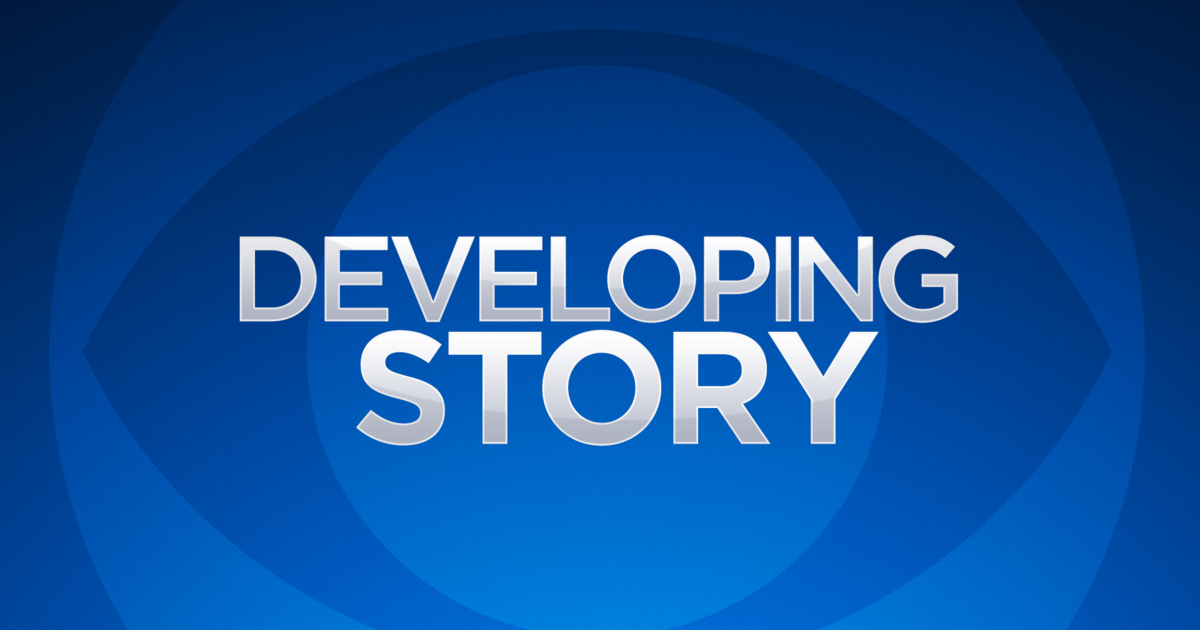EPA Settles With Utah Over 2015 Colorado Gold King Mine Spill
SALT LAKE CITY (AP) — In a story August 5, 2020, about the EPA settlement with Utah over a 2015 mine spill, The Associated Press erroneously reported, based on information from Utah state officials, the amount of money being given to the state in the agreement. The EPA agreed to fund $3 million in Utah clean water projects, but will not provide an additional $360 million. The EPA is spending $220 million of its own funds to clean up abandoned mine sites in Colorado and Utah.
(AP) - The U.S. government settled a lawsuit Wednesday brought by the state of Utah over a mine waste spill caused by federal workers that sent wastewater downstream to several states from the inactive Gold King Mine in southwestern Colorado five years ago.
The Environmental Protection Agency agreed to fund $3 million in Utah clean water projects and give another $360 million to the state for remediation projects at abandoned mine sites, the federal agency said Wednesday in a joint news release with the Utah attorney general's office.
Utah's lawsuit was one of several legal claims filed over the incident, but no other settlements have been reached, the EPA said Wednesday.
The Navajo Nation filed a claim for $162 million, and the state of New Mexico for $130 million.
EPA Administrator Andrew Wheeler called the agreement with Utah a "win-win" for both sides in a statement.
"It will bring environmental benefits to Utah, avoid protracted litigation, and hopefully serve as a lesson for the future to avoid repeating the mistakes of the past," Wheeler said.
Utah Attorney General Sean Reyes, a Republican, said he was happy to avoid more legal battles and get funds to help with state projects and touted the agreement as an example of state and federal partnership.
The spill released 3 million gallons (11 million liters) of wastewater from the inactive Gold King Mine to pollute rivers in Colorado, New Mexico and Utah, including on Navajo Nation lands. Some waterways turned an orange-yellow color.
An EPA-led contractor crew inadvertently triggered the spill. The crew was using heavy equipment to excavate the mine opening in preparation for a possible cleanup when a worker breached a debris pile that was holding back wastewater in the shaft.
The water flowed into Cement Creek and then the Animas River in Colorado. The Animas joins the San Juan River in New Mexico before the San Juan crosses into Utah.
The EPA estimates that nearly 540 U.S. tons (490 metric tons) of metals reached the Animas, mostly iron and aluminum.
After the spill, the EPA designated the Gold King and 47 other mining sites in the area a Superfund district. It is reviewing options for a broad cleanup.
Utah sought $1.9 billion its lawsuit, a figure that was based on worst-case scenario of potential sediment contamination in the San Juan River and Lake Powell, Utah attorney general's office spokesman Richard Piatt said in a news release. He said determining and proving the monetary damages would have been difficult because it would have been hard to pinpoint which sediment came from the Gold King Mine and which was already there.
By BRADY McCOMBS, Associated Press
(© Copyright 2020 The Associated Press. All Rights Reserved. This material may not be published, broadcast, rewritten or redistributed.)



